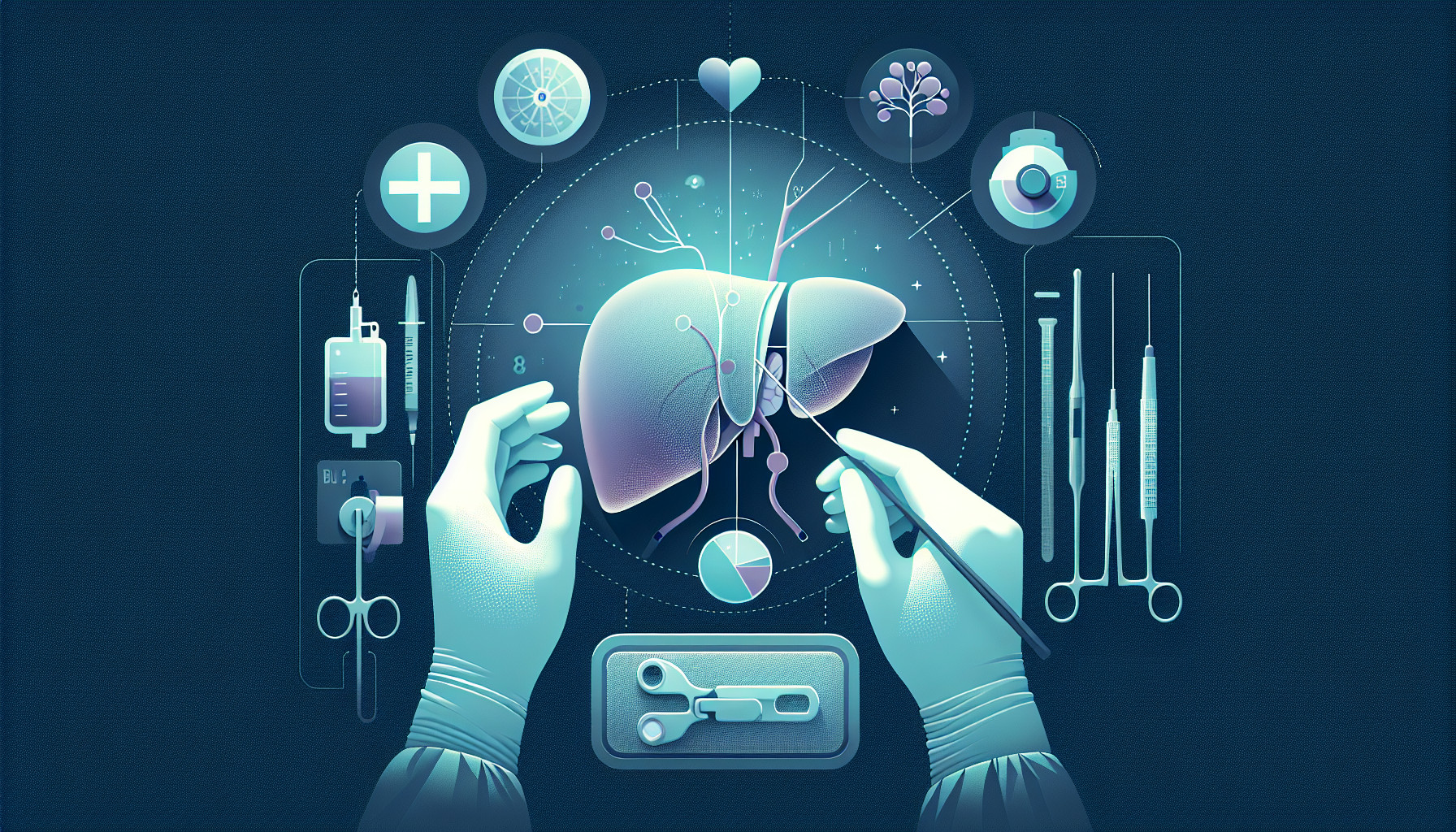Our Summary
Malakoplakia is a rare condition that can occur anywhere in the body, but most commonly appears in the urinary tract. It’s even more uncommon in children and in the skin or liver. This study reports the first ever case of a child who had both skin and liver malakoplakia after a liver transplant. The 16-year-old boy had a liver transplant due to autoimmune hepatitis and afterwards had a mass in his liver and skin lesions near his surgical scar. Doctors took samples from the skin and abdominal wall lesions, and found specific cells that confirmed the diagnosis of malakoplakia. The boy was treated with antibiotics for 9 months and didn’t need surgery or a decrease in his immunosuppressive therapy. This case shows that doctors should consider malakoplakia when diagnosing mass-forming lesions after solid organ transplants in children.
FAQs
- What is malakoplakia and where does it most commonly appear?
- What was unique about the case of the 16-year-old boy who had a liver transplant?
- How was the diagnosis of malakoplakia confirmed in this case and what was the treatment plan?
Doctor’s Tip
One helpful tip a doctor might tell a patient about pediatric liver transplant is to be aware of the potential for rare conditions like malakoplakia to occur after the transplant. Patients should be vigilant about any unusual symptoms or changes in their health and promptly report them to their healthcare provider. Regular follow-up appointments and monitoring are essential to catch any potential issues early and ensure the best possible outcome for the transplant recipient.
Suitable For
Patients who are typically recommended for pediatric liver transplant are those with end-stage liver disease or liver failure due to various causes, such as autoimmune hepatitis, biliary atresia, metabolic disorders, genetic conditions, or liver tumors. These patients may have symptoms such as jaundice, ascites, liver enlargement, fatigue, and poor growth. They may also have complications such as liver cancer, hepatic encephalopathy, and recurrent infections. Pediatric liver transplant is considered when other treatments have been unsuccessful and the patient’s quality of life is significantly affected.
Timeline
Before pediatric liver transplant:
- Child is diagnosed with liver disease, such as autoimmune hepatitis
- Child undergoes evaluations and tests to determine if a liver transplant is necessary
- Child is placed on the transplant waiting list
- Child may experience symptoms related to their liver disease, such as fatigue, jaundice, and abdominal pain
After pediatric liver transplant:
- Child undergoes the liver transplant surgery
- Child is monitored closely in the hospital for complications and to ensure the new liver is functioning properly
- Child may need to take immunosuppressive medications to prevent rejection of the new liver
- Child may experience side effects from the medications, such as increased risk of infections
- Child will have regular follow-up appointments with their transplant team to monitor their health and liver function
- Child may need additional treatments or interventions, such as antibiotics for complications like malakoplakia
What to Ask Your Doctor
- What is malakoplakia and how does it affect the liver?
- How common is malakoplakia in pediatric liver transplant patients?
- What are the symptoms of malakoplakia and how is it diagnosed?
- What treatment options are available for malakoplakia?
- Will malakoplakia affect the success of the liver transplant?
- Are there any long-term effects or complications associated with malakoplakia?
- How often should the patient be monitored for signs of malakoplakia after a liver transplant?
- Are there any lifestyle changes or precautions that should be taken to prevent malakoplakia?
- Are there any support groups or resources available for patients with malakoplakia?
- What is the outlook for a pediatric liver transplant patient diagnosed with malakoplakia?
Reference
Authors: Gerard A, Mesa H, Danziger-Isakov L, Barros KL, Alali M. Journal: Pediatr Transplant. 2023 Aug;27(5):e14492. doi: 10.1111/petr.14492. Epub 2023 Mar 1. PMID: 36860187
